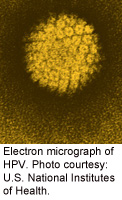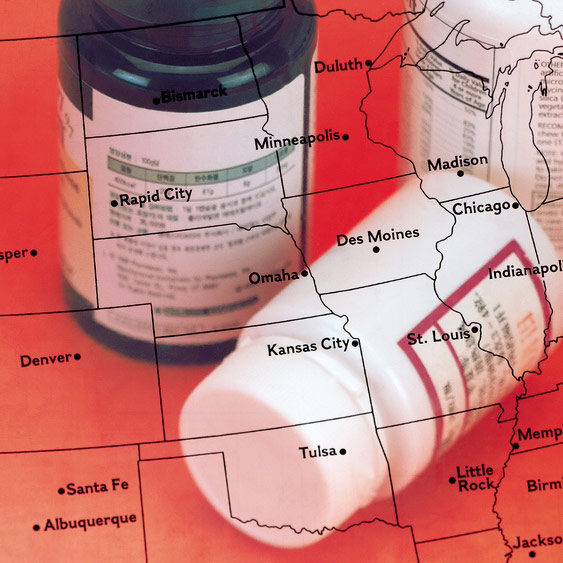
TUESDAY, Nov. 11, 2014 (HealthDay News) — The states with the lowest rates for teen vaccinations against the virus believed to cause most cervical cancers are also the states where cervical cancer rates are the highest, a new study finds.
For example, in Massachusetts, where 69 percent of teen girls have been vaccinated, about six in 100,000 women develop cervical cancer each year, the researchers said. But in Arkansas, where only 41 percent of teens have received the HPV vaccine, the rate of cervical cancer is 10 in 100,000 women, they said.
“HPV [human papillomavirus] causes several types of cancer, including cervical cancer, and vaccination among adolescents can help prevent them from developing and dying from these cancers as they get older,” said lead researcher Jennifer Moss, from the department of health behavior at the University of North Carolina’s Gillings School of Global Public Health in Chapel Hill.
“Increasing vaccination rates now, especially in areas with elevated risks of HPV-related cancer, will help prevent thousands of people from developing cancer,” she added. However, the study did not prove a cause-and-effect link between cervical cancer rates and HPV vaccination rates.
The researchers also found that fewer black and poor teens living in states with high rates of cervical cancer were being vaccinated.
“Increasing vaccination rates will help reduce these racial and economic disparities,” Moss noted.
Moreover, when teens used the health care system regularly, they were more likely to get all three doses of the HPV vaccine needed to be fully protected, the researchers found.
For the study, Moss and her colleagues used government data to estimate both vaccination rates and cervical cancer rates.
The findings were to be were presented Nov. 11 at the American Association for Cancer Research annual meeting in San Antonio. Research presented at medical meetings is considered preliminary until published in a peer-reviewed journal.
This year, about 12,360 new cases of invasive cervical cancer will be diagnosed, and about 4,020 women will die from the disease, according to the American Cancer Society.
HPV is a very common sexually transmitted infection. According to the U.S. Centers for Disease Control and Prevention, about 14 million Americans, including teens, become infected with HPV each year.
The virus can raise the risk of cervical, vaginal and vulvar cancers in women and penile cancer in men. It is also associated with increased chances of anal cancer, mouth/throat cancer and genital warts in both men and women.
The CDC recommends the HPV vaccine for boys and girls at age 11 or 12, so they are protected before being exposed to the virus.
The HPV vaccine is given in three shots. The second shot is given one or two months after the first shot. A third shot is given six months after the first shot.
Debbie Saslow, director of breast and gynecologic cancer at the American Cancer Society, said, “We know the vaccine is effective.”
However, HPV vaccination rates lag behind other vaccines, she said.
In many cases, doctors do not make the HPV vaccine a regular part of the vaccination schedule, she noted. “Doctors need to make the recommendation for the HPV vaccine with the same strength as they do other vaccines,” Saslow said.
More information
Visit the American Cancer Society for more on cervical cancer.
Copyright © 2025 HealthDay. All rights reserved.

